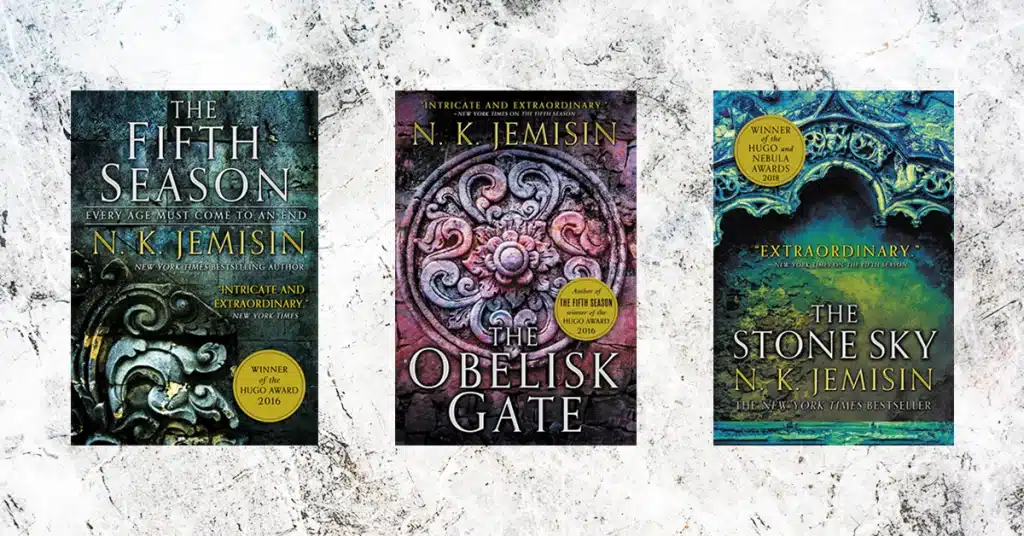Like many fellow 2000 borns, I was the child of a culture of Young Adult novels. Growing up, my bookshelves were filled with fantastical book covers showing humans amidst mythical creatures or engaging in bravado in the real world. Then in college, I came across a meme that pointed out how the new generation doesn’t read YA anymore and how we all collectively moved on from it. That made me think about things. My fondness for the Percy Jackson or the Hunger Games series did not change but somehow… I just couldn’t pick them up anymore.
I noticed a pattern in most of these books. They mostly involved a young white male/female on a quest to save the world, rising out of an unfortunate circumstance, they are aided by many side characters who possess the same or greater amount of knowledge, everything works out in the end and they fall for their best friend. The thing with reading YA was that even though the world-building was different, the story was the same. As my reading interests expanded, I looked towards books that are more representative of people of color, like me. I also liked when writers experimented with narrative, form, and plot; essentially variety.
How I crossed paths with this series
As I found myself in a module called The Fantastic in literature, I picked up NK Jemisin ‘The Fifth Season’ as a part of my set reading. The dystopian but realistic world-building, unconventional characters, and unexplored concepts reminded me of why I liked the genre so much. I wasn’t alone. Each book in Jemisin’s trilogy has won the prestigious Hugo Award for the best science fiction or fantasy work published in the year. It belongs to a genre known as Afro-futurism which explores how African writing is not just about oppression. In this thought itself, the series is a postcolonial study.
Narrative Style
While most YA novels follow a linear narrative that traces the main character’s journey, evolution, and quest to improve, ‘The Fifth Season’ is different. It follows three separate narratives that have a surprising connection. These represent three different stages of life: childhood, adolescence, and adulthood. Unlike most novels in the genre, it doesn’t break off after youth. In fact, we are introduced to a middle-aged woman who has lost her family as the titular character. By presenting these stories as nuanced, sensitive, and powerful, Jemisin’s series reminds readers that all demographics are capable of leading narratives.
Representation of race
‘The Fifth Season’ destabilizes race for its readers by not mentioning it explicitly. Rather, characters are described through their connection to the landscape
(by words like “coastal” and “Antarctic”). This provides a sensitive understanding of identity as mobile, diverse, and diasporic. Another technique employed is describing characters by the quality of their hair (being curly). Jemisin’s style reminds readers that race is not a monolith. Discrimination occurs in the book when people with specific powers, known as Orogenes, are targeted. This happens regardless of their race which attempts to reconfigure the relationship between signifier and signified.
Gender and Sexuality
YA novels usually tend to pair off the main character with their best friend or someone closely related to them. ‘The Fifth Season’ subverts this with Syenite and Alabaster’s relationship. In a critique of eugenics, they are being forced to breed to produce powerful offspring. It is always shown that the two are not romantically attracted to each other and the book doesn’t try to force this narrative onto them. Alabaster is alluded to not being straight and he finds love in Innon which is shared by Syenite. The portrayal of a polyamorous relationship is groundbreaking for YA, or any fiction really.
Why does Sci-fi and fantasy tend to be classified as YA?
A lot of this has to do with book covers and how they are marketed. On first viewing, ‘The Fifth Season’ doesn’t seem any different. It has a dark, abstract cover that doesn’t hint at anything. But in hindsight, this leaves space for readers to imaginatively interpret the people and world that Jemisin is building. There are links in terms of theme as well. They are aligned with both progressive and conservative values. Most narratives seek a return to the status quo from a period of disruption. ‘The Fifth Season’ questions what the world would be like if we didn’t have a status quo to infer from. It sets an idea for what we don’t want.
A standalone
Regardless of where to classify The Broken Earth series’ genre, I would recommend reading it on its literary merit alone. The writing is innovative and full of devices like oxymorons. Jemisin adopts an interesting style that plays with one’s perceptions and distorts an idea of time. It has the power to unite both YA and sci-fi/fantasy lovers, something not many books can say.














